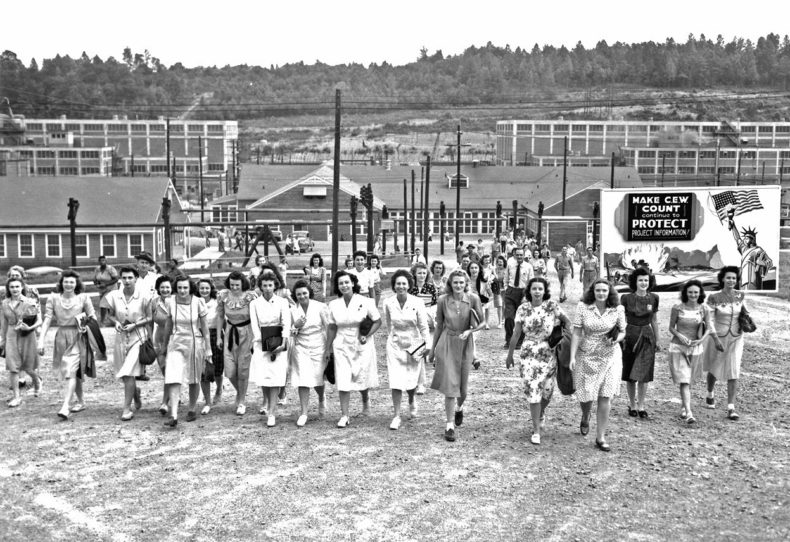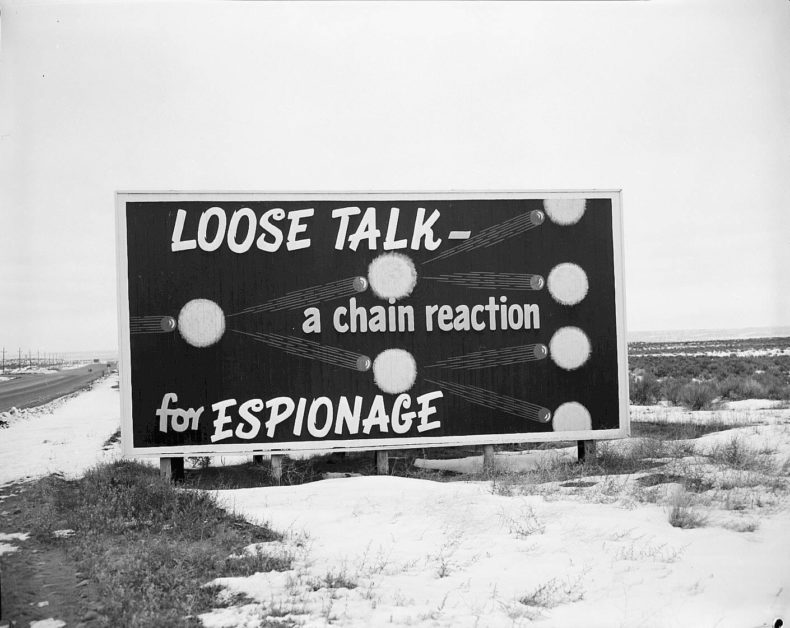
On the first Monday of the month, at 11 a.m. sharp, my community fires up the tornado sirens. Their wailing echoes down the streets, screams among the trees, bounces off the granite side of the church on the corner, and annoys the hell out of my dog. After about 45 seconds — that is a long time, considering how loud it is — a recorded voice starts speaking.
This. Has. Been. A. Test.
The person who made the recording spoke at a glacial pace, ensuring the words are spaced far enough apart to accommodate two housetop reverbs. I’ve counted.
This
……..This
……..This
Has
………Has
………Has
Been
You get the idea.
On a clear day, everyone knows to ignore it. When those Midwest thunderstorms are looming, though, we take it seriously.
Not long ago, a ballistic missile alert on Hawaii would have been like the St. Louis County tornado siren on a sunny Monday. A disruption, but something we know isn’t really heralding doom; a missile alert would have been so improbable as to be almost immediately dismissed as an error.
But two weeks ago, Hawaiians were startled to receive, via their smartphones, an alert to take cover from an incoming ballistic missile attack. It took more than 40 minutes for authorities to correct the mistake, which happened when a state employee accidentally clicked the wrong drop-down option in Hawaii’s emergency alert software. There was no bomb, but many people thought there could have been. Atomic clouds are looming, and people took it seriously.
I thought of Hanford. Throughout much of last year, I researched a unique and odd phenomenon: Tourists visiting the world’s nuclear sites. (Please read a lot more about this in my recent feature.) The Hanford site in Washington State, where plutonium for the world’s first atomic weapons was produced, is now part of the national park system. People visit and walk through the former reactor buildings, now adorned with the National Park Service’s arrowhead logo and forest-green font. They also make pilgrimages to Oak Ridge National Laboratory in Tennessee, and Los Alamos National Laboratory in New Mexico.
They listen to docents describe the nuclear chain reaction, which at Hanford’s B Reactor transmogrified uranium into fissile plutonium. They take pictures in the control room and mug for the camera. When I asked these tourists what they were looking for and why they came, they described being awed by the Manhattan Project. Many were impressed by the technological feats of the 1940s, interested in history and secrecy, curious about nuclear power. But for almost all of them, the work that was done there — the work of building weapons that could end the world — felt distant, sepia-toned, retro. The threat of nuclear weapons was in the past.

At Hanford, the rusted wall clocks in the corridors and the War Effort propaganda add to the air of nostalgia. The creak-scrape of uncomfortable metal chairs on cement, the chhhh of bus brakes outside, reminds visitors they are tourists. They are disconnected from the real meaning of the place, even as they take photos in front of the reactor block itself. Inside this huge wall of rods, neutrons split apart atoms in a controlled chain reaction, ultimately producing the fuel that powered the bomb we dropped on Nagasaki. One woman described it as looking like a giant wine rack.
With so many seasons’ distance between now and the Cold War, this makes some sense. Nuclear annihilation has not been a clear and present danger for a long time. Most people experience it in movies and books, not real life, so they can be forgiven for approaching the Manhattan Project sites as a curiosity.
Well, what about now?
People believed the message in Hawaii. Many of them took it utterly for real. Others are buying potassium iodide pills, which can block radioactive iodine from entering and damaging the thyroid, one of the first and deadliest risks of radiation poisoning. This is all, of course, because Donald Trump and Kim Jong Un are saber-rattling and being ridiculous about buttons. Surely their bluster, and the potential actual risk of nuclear war, will change the way people experience the museums, and what they make of their pilgrimages. Nuclear weapons have returned to the national mindset. They are no longer retro. Emergency missile alerts are no longer ignorable annoyances.
Just this week, the Bulletin of the Atomic Scientists, a journal published for lay audiences, used a decades-old artistic interpretation of doom to give us all another reminder of this new age. The so-called Doomsday Clock is 30 seconds closer to midnight, now ticking away at a proverbial 11:58 p.m. The clock is a metaphor for our collective proximity to annihilation, and since its creation in 1947 it has tocked between two and 17 minutes before the hour. The clock has edged closer to midnight due in part to “reckless language in the nuclear realm,” according to the Bulletin’s editors.
I think the Doomsday Clock and Hawaii’s alert can be interpreted as much more than distress signals. The Hanford museum tours can also offer more than some dimly lit buildings. They are pieces of our cultural heritage, but they are also memento mori. They are a reminder that time ticks away and all of ours is limited. The visitors to Hanford and the other Manhattan Project National Historical Park can use their pilgrimages to think about the future as well as the past.
**
Please do read more about nuclear tourism and what it can mean, in Distillations Magazine
Image credit:
Top, Shift change at the Y-12 uranium enrichment facility in Oak Ridge, Tenn. James Edward Westcott/US Department of Energy archives
Middle, A billboard at the Hanford Nuclear Reservation. US Department of Energy archives
My friend & colleague, and Friend of LWON, Sharon Weinberger, co-authored (with Nathan Hodge) a series in Slate some years ago called A Nuclear Family Vacation, which they then turned into a book. This was all a number of years ago, back when people were thinking nuclear war was unthinkable. Your post, Rebecca, and your article are like updates and different perspectives, and therefore welcome, sad but welcome. And what I want to know is, why can’t a commenter embed hyperlinks?
http://www.slate.com/articles/life/welltraveled/features/2005/a_nuclear_family_vacation/priscilla_queen_of_the_desert.html
https://www.amazon.com/Nuclear-Family-Vacation-Travels-Weaponry/dp/1596913789
You guys SO need to move the comments to Disqus. Even webcomics are using it now.
You overestimate our commitment to mastering the technology, Dr. D. I mean, you’re right but we’re all otherwise occupied.
And, Dr. D., Disqus is far from glitch free by any reckoning.